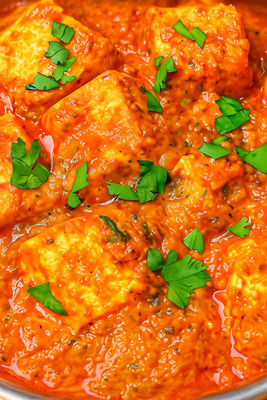
With paneer being a staple in Indian households—from school lunchboxes to festive dinners—its rising demand has unfortunately also given rise to an unsettling trend: fake or adulterated paneer being sold in local markets. From starch-laced blocks to chemically processed imitations, not all paneer is what it claims to be. So how do you ensure what you’re eating is pure, safe, and genuinely dairy? Here are seven easy yet effective ways to identify fake paneer right at home:
1. Smell and Feel: Trust Your Senses
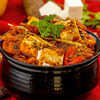
Real paneer smells fresh, feels soft and crumbly.
Authentic paneer has a mild, milky aroma and feels soft, slightly grainy, and crumbly to the touch. If the block smells sour, chemical-like, or oddly oily, it’s a red flag. A rubbery or overly smooth texture also indicates that the product may not be pure milk-based.
2. The Water Test: Sink or Float?

Real paneer floats; fake one may sink or dissolve.
- Drop a cube of paneer into a glass of cold or warm water.
- Real paneer typically floats or retains shape.
- Fake paneer often sinks, may turn slimy, or even dissolve, especially if made with starch or other binders.
3. Heat Test: How Does It Behave on the Pan?

Real paneer browns, fake melts or turns rubbery.
When lightly fried or heated, real paneer should:
- Brown slightly
- Hold its shape
- Release little to no water
4. The Iodine Check: Spot the Starch
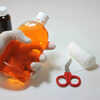
Blue/black color shows starch—indicative of fake paneer.
This simple home test helps catch starch adulteration:
- Boil the paneer and let it cool.
- Add a few drops of iodine solution (available at medical stores).
- If it turns blue or black, starch is present—definitely a cause for concern
5. Dal Powder Test: Detecting Chemical Adulterants
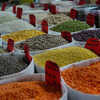
Red water may reveal detergent or urea presence.
This lesser-known trick is surprisingly effective:
- Place the paneer in water and sprinkle some toor dal powder or soya flour.
- Wait 10 minutes.
- If the water turns red or pink, this could indicate the presence of detergents or urea, both harmful and illegal.
6. Taste It: Subtle But Telling

Real tastes clean; bitterness means it’s adulterated.
Real paneer has a clean, fresh, slightly sweet taste. If your paneer tastes bitter, soapy, or unnaturally greasy, it’s better to discard it. When buyingpackaged paneer:
- Look for FSSAI certification
- Avoid labels that mention "imitation" or "analogue cheese"
- Stick to trusted brands or local dairies
What’s at Stake?
Several recent raids across India have exposed large quantities of fake paneer made from starch, synthetic milk, and even washing detergents. Consuming such products may pose serious health risks—from digestive issues to long-term damage to kidneys and liver.
When in Doubt, Make It at Home
Homemade paneer takes under an hour and requires just two ingredients: milk and lemon juice (or vinegar). Boil, curdle, strain, press—and you’ll have fresh, safe paneer without any additives.
-
Arsenal star Martin Zubimendi has Dennis Bergkamp decision after delayed transfer

-
Tiny robots 'could help fix leaky water pipes without having to dig up roads'

-
Vegetables will be pest-free if you use 1 simple method in the garden
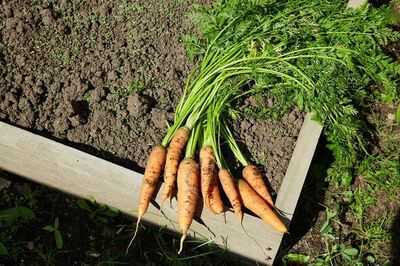
-
Kelsey Parker announces tragic loss of third child in devastating post

-
Randal Kolo Muani has already given Chelsea transfer hope with 'dream' admission
